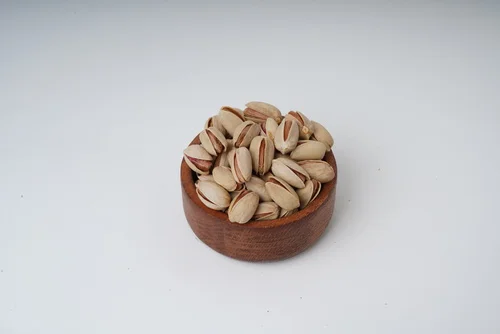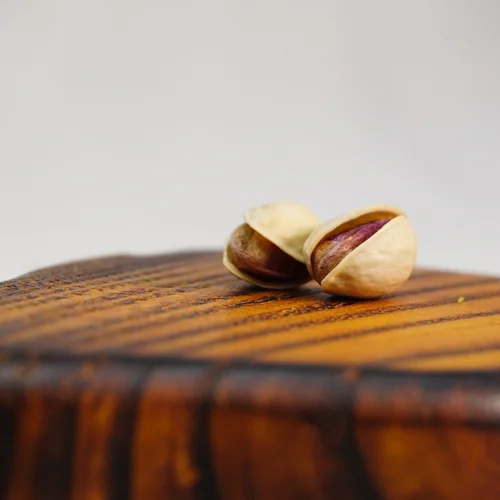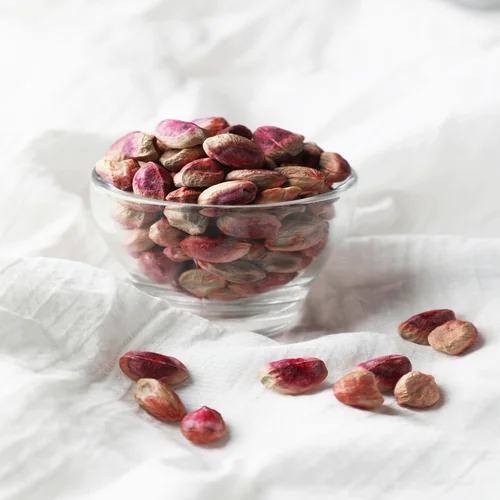The Future of Iranian Pistachio Exports

Introduction
Iran has long been recognized as a global leader in pistachio production and export. Known for its rich flavor, high oil content, and premium varieties such as Akbari, Ahmad Aghaei, and Fandoghi, Iranian pistachios have been a staple in international markets for decades. However, with changing global dynamics, climate concerns, and trade regulations, the export landscape is evolving. This article examines key trends and forecasts for Iranian pistachio exports from 2025 to 2030.
Increasing demand in emerging markets
While traditional markets such as China, the European Union and India continue to import Iranian pistachios, new players are emerging. Countries in South America, Southeast Asia and Africa are showing increasing interest due to increasing health awareness and demand for plant-based protein sources. This diversification is expected to reduce over-reliance on traditional buyers and increase overall export volumes
Climate change and its effects on performance
Iran’s pistachio industry is highly sensitive to climate variables, particularly drought, frost and rising temperatures. In recent years, water shortages in key growing provinces such as Kerman have affected productivity. Forecasts suggest that export volumes could be affected if sustainable agricultural practices and water management systems are not adopted. However, investment in drought-resistant farms and modern irrigation techniques raises hopes for sustainable yields by 2030.

Technological innovations in processing and grading
Export competitiveness will increasingly depend on quality control and traceability. Iranian producers are now investing in modern peeling, roasting and grading machinery to meet international food safety standards. The use of blockchain in supply chain transparency and AI-based grading systems is expected to become mainstream by 2028, increasing buyer trust and market share.
Trade policies and sanctions
US sanctions have historically posed challenges for Iranian exporters. However, many producers have successfully turned to Europe, Russia and the Middle East. With the possible easing of trade restrictions or new trade agreements in regional blocs such as the Shanghai Cooperation Organization or BRICS, Iran’s access to emerging economies is likely to improve between 2025 and 2030.
Shifting to organic, value-added pistachios
Global demand for organic, salt-free, and value-added pistachio products (such as pistachio butter, flour, and snacks) is growing. Iran is expected to capitalize on this trend by certifying more farms as organic and introducing new product lines tailored to health-conscious markets, particularly in Europe and North America.
Currency fluctuations and rising prices of exported goods
Exchange rate fluctuations have both helped and hindered Iran’s exports. A weaker rial can increase competitiveness, but it also creates challenges in contract negotiation and profitability. Exporters are advised to focus on long-term contracts and possibly multi-currency pricing strategies to hedge risk in the coming years.
Conclusion: A promising but competitive path lies ahead
The outlook for Iranian pistachio exports between 2025 and 2030 is positive – but subject to climate adaptation, investment in technology and strategic market expansion. Iranian suppliers that modernize and diversify will be best positioned to maintain their global leadership in a market that is increasingly focused on health and quality.
Source: amazon




